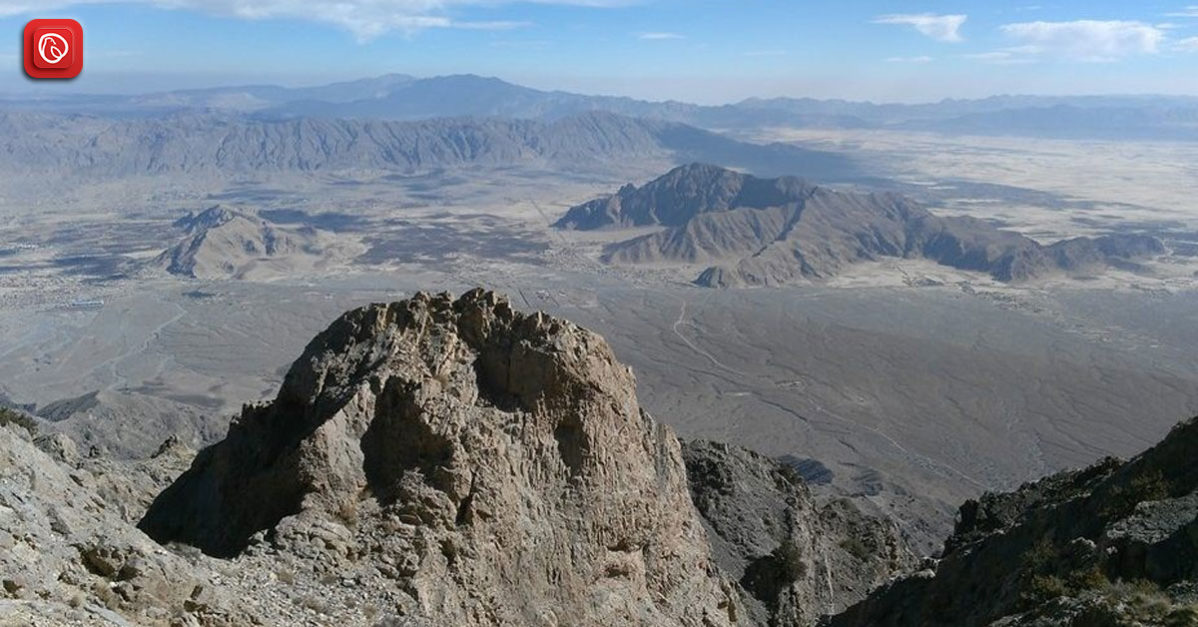Hazarganji Chiltan National Park, created in 1980, is a wildlife sanctuary in Pakistan’s western Balochistan Province’s Mastung District. Covering an enormous 325,000 acres, the park is located between the Hazarganji mountains to the east and the Chiltan mountain range to the west. The purpose of this picturesque park is to save the natural habitat of the endangered Chiltan Ibex, a kind of wild goat indigenous to the area. The park’s geographical significance is increased by its proximity to Koh-i-Chiltan Mountain, located outside Quetta. In this blog, Graana.com has compiled an account of the Hazarganji Chiltan National Park. For more details, keep scrolling.
Highlights
| Field | Value |
| Location | Balochistan |
| Nearest city | Quetta |
| Coordinates | 30°13′12″N 66°43′48″E |
| Area | 15,555 ha (60.06 sq mi) |
| Established | 1980 |
| Governing body | Balochistan Wildlife Department |
| Habitat | Rare Chiltan ibexes |
Location
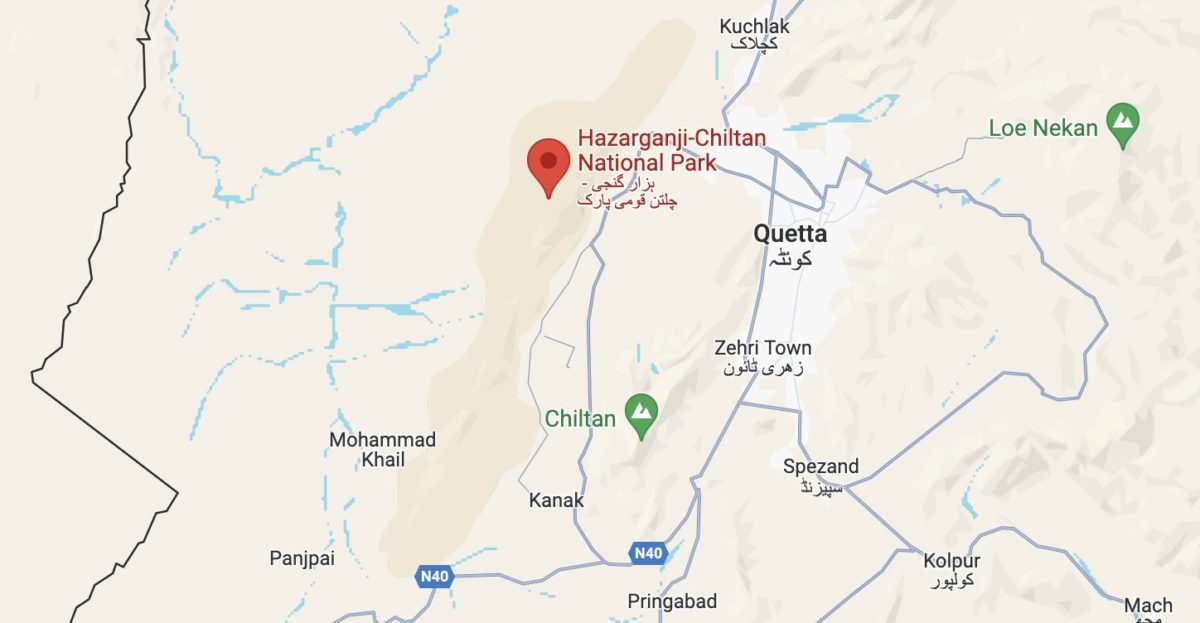
Located in Pakistan’s western Balochistan Province’s Mastung District, Hazarganji Chiltan National Park is a wildlife sanctuary. The Sulaiman Mountains are home to the park, which is situated amid their untamed splendour at 30°13′12′′N 66°43′48′′E.
The park was created in 1980 and covers an area of 15,555 hectares, or 60.06 square miles. It’s interesting to note that the park’s name matches its location. To the east rise the Hazarganji mountains, and the west lies the Chiltan mountain range.
Notably, travellers can easily reach the park because Quetta, the closest city, is about 20 kilometres (12 miles) northeast of it. The park’s varied terrain offers nature lovers a singular experience with its compelling mix of desert and woodland habitats.
Name Origin
The meaning of the park’s name, Hazarganji, is rich with exciting history. What “Hazarganji” means in the native tongue is “of a thousand treasures.” This term originated because of the area’s historical significance as a significant travel route between mountain ranges.
Numerous civilisations have used the area as a passageway throughout history. These expeditions and the possibility of undiscovered relics or resources could have contributed to the suggestive moniker “a thousand treasures.”
Biodiversity
The Hazarganji Chiltan National Park has an abundant variety of life. It is one of the most treasured national parks of Pakistan. With nine species of large mammals and twenty species of smaller mammals, this biodiversity hotspot is home to thirty different kinds of mammals. The sounds of 120 other bird species can be heard in the park’s skies; 36 are permanent residents, and a unique 84 migratory species stop by the park yearly. Thirty species of reptiles that slither, creep, and lounge in the park’s distinct ecosystems, making it a wildlife sanctuary.
| Animal Group | Number of Species |
| Mammals | 30 |
| * Large Mammals | 9 |
| * Small Mammals | 21 |
| Birds (Avifauna) | 120 |
| * Resident Birds | 36 |
| * Migratory Birds | 84 |
| Reptiles | 30 |
Flora of Hazarganji Chiltan National Park
The diverse landforms of Hazarganji Chiltan National Park are reflected in the park’s flora. Many different tree species can be found in the park’s forests, some particularly well-suited to the area’s dry climate.
- Pashtun Juniper
- Pistachio trees
- Almond trees
- Ash trees
Fauna of Hazarganji Chiltan National Park
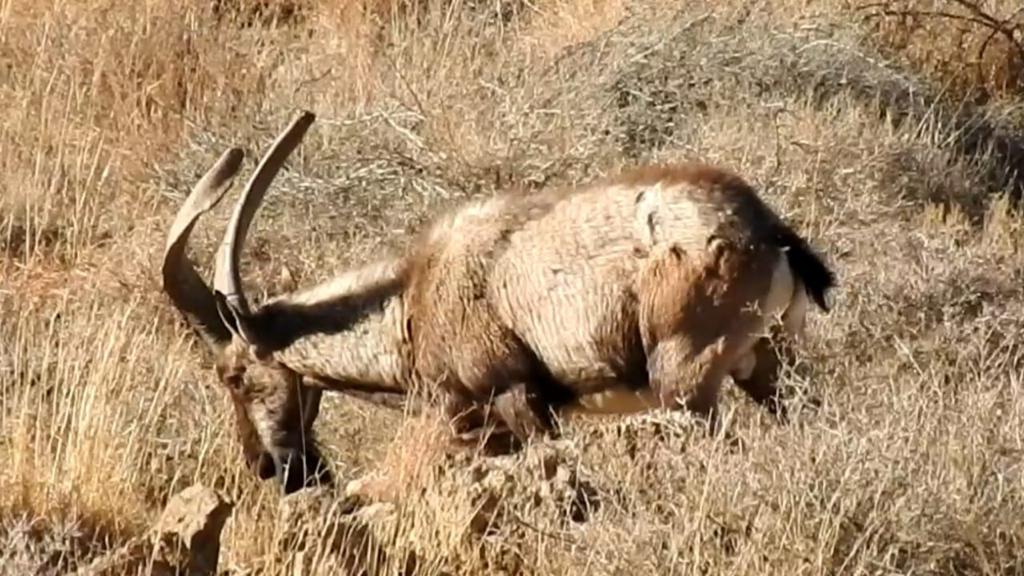
The Hazarganji Chiltan National Park is home to a wide variety of creatures. It was created in 1980 primarily to save the critically endangered Chiltan ibex and threatened species.
Mammals Endangered
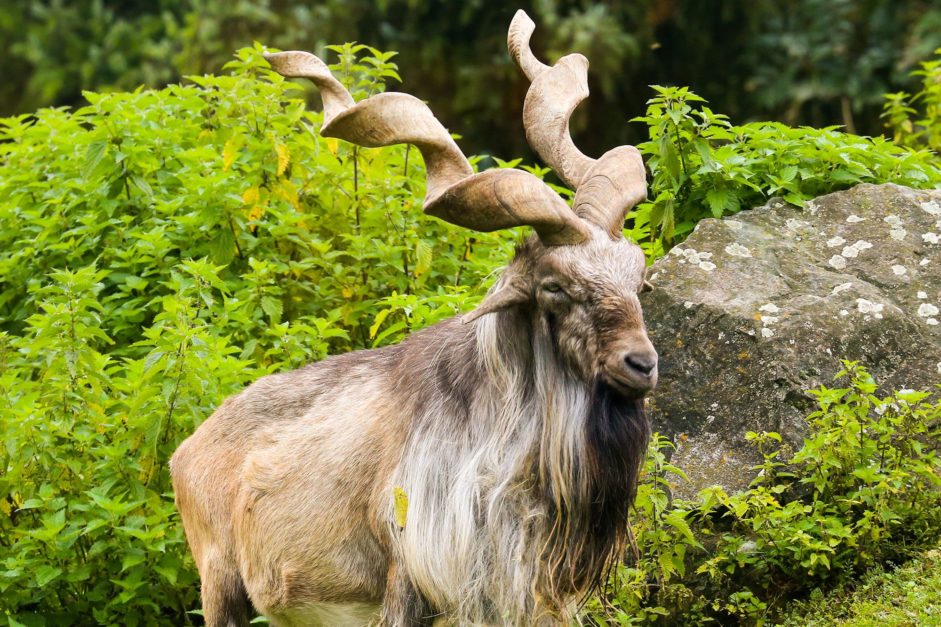
- 300-400 rare Sulaiman Markhor
- Around 800 Chiltan Ibex
- Few Urial (found on western slopes between 1,500m and 2,100m)
Other mammals
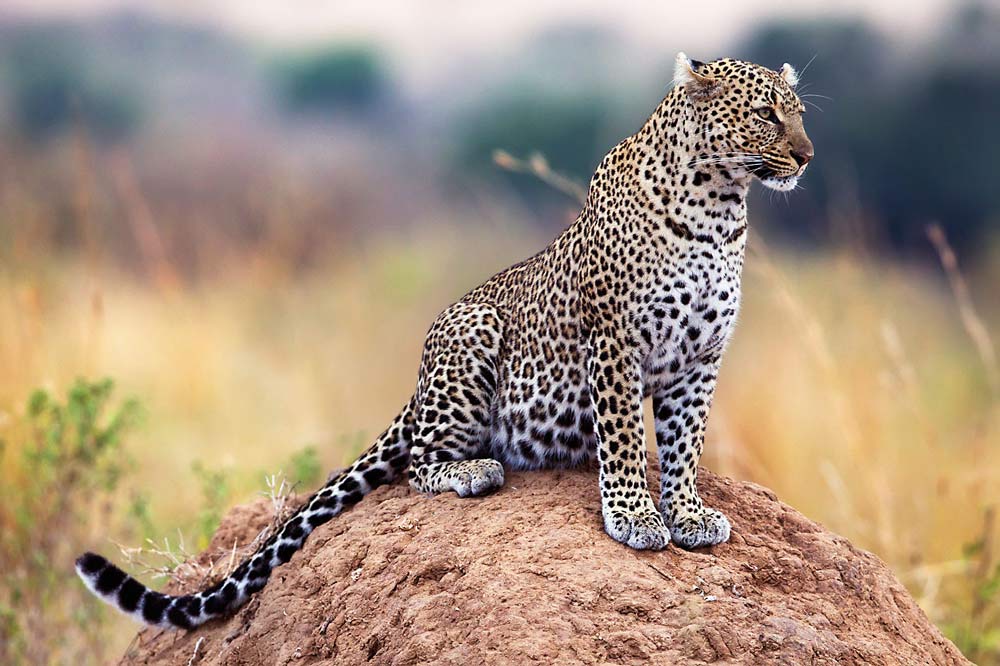
- Indian wolf
- Striped hyena
- Baluchistan leopard
- Caracal
- Common jackal
- Indian crested porcupine
Birds
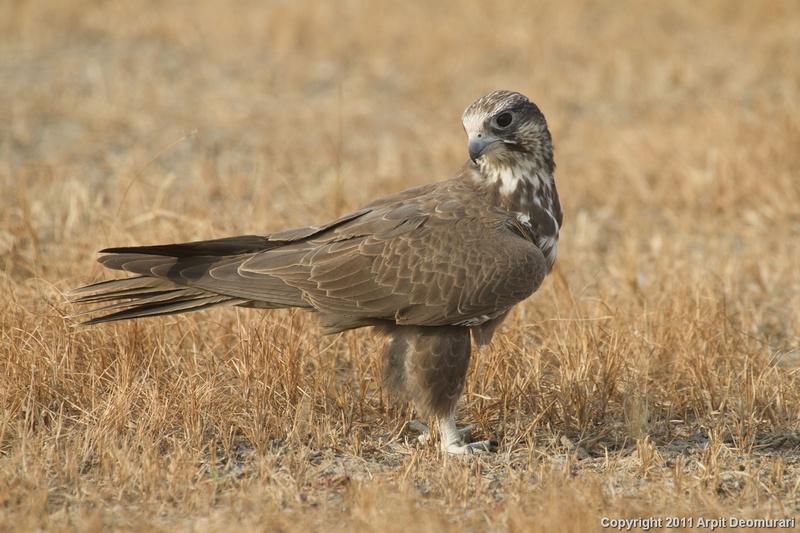
There is a diverse array of resident and migratory birds in the park. These birds enhance the colourful tapestry of life in the park. A diverse bird community that includes both migratory and resident species. Among the noteworthy instances are:
- Houbara bustard (very rare)
- Griffon vulture
- Egyptian vulture
- Crested honey buzzard (winters only)
- Laggar falcon
- Peregrine falcon
- Common kestrel
- Eurasian sparrowhawk (winters only)
- Indian scops owl
- Indian Cuckoo
- European bee-eater (breeding only)
- Chukar partridge
- European nightjar (breeding/summer only)
- Long-billed Pipit
- Eastern Orphean warbler
- Variable wheatear
- Blue rock thrush
- Whinchat
- White-browed bush chat
- Lichtenstein’s desert finch
Reptiles
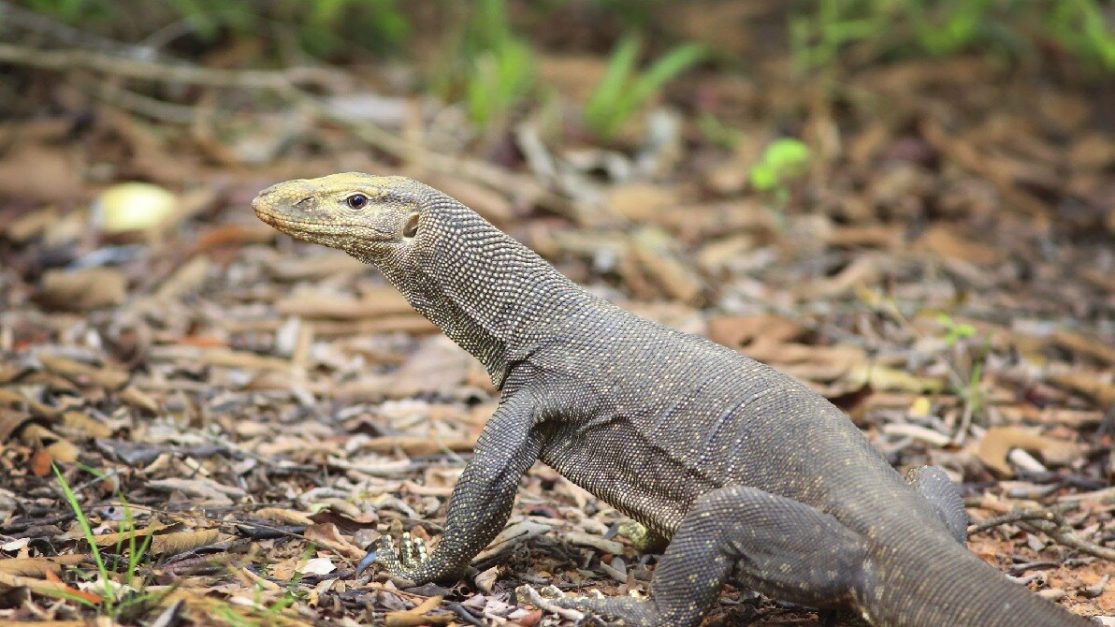
- The park also boasts a variety of reptile species, such as:
- Monitor lizards
- Russell’s vipers
- Saw-scaled vipers
- Spiny-tailed lizards
Chiltan Express

The Chiltan Express has a unique role in Pakistani railway history, having changed throughout time to accommodate the demands of passengers from all over the nation.
Although the precise date of its first voyage is still unknown, historical accounts indicate that it started operating after 1973. At first, the Chiltan Express was a picturesque journey that connected the dynamic metropolis of Lahore in Punjab with the busy city of Quetta in Balochistan.
This first route wound through Dera Ghazi Khan, a historic town, and Kot Adu railway junction, giving travellers a taste of Pakistan’s varied topography.
The Chiltan Express has shown to be incredibly versatile over time. Multiple changes have been made to the train’s route due to evolving infrastructure and changing travel demands. It travelled the length of Khyber Pakhtunkhwa, from Quetta to the capital city of Peshawar, for a while, making a handy stop in Faisalabad.
The updated route served a broader segment of the traveller base and improved connectivity between the nation’s southwest and northwest. In a later version, Lahore was used as a halfway point to link Quetta and Rawalpindi, the garrison city that borders Islamabad.
This arrangement offered a beneficial transit choice for locals and tourists alike by creating a more direct connection between the twin cities and the capital of Balochistan.
The Chiltan Express still runs on the Quetta-Lahore route today, with Faisalabad continuing to be an essential intermediate stop. This long-lasting relationship attests to the train’s historical importance and usefulness in easing travel between two important Pakistani cities.
Koh-i-Chiltan
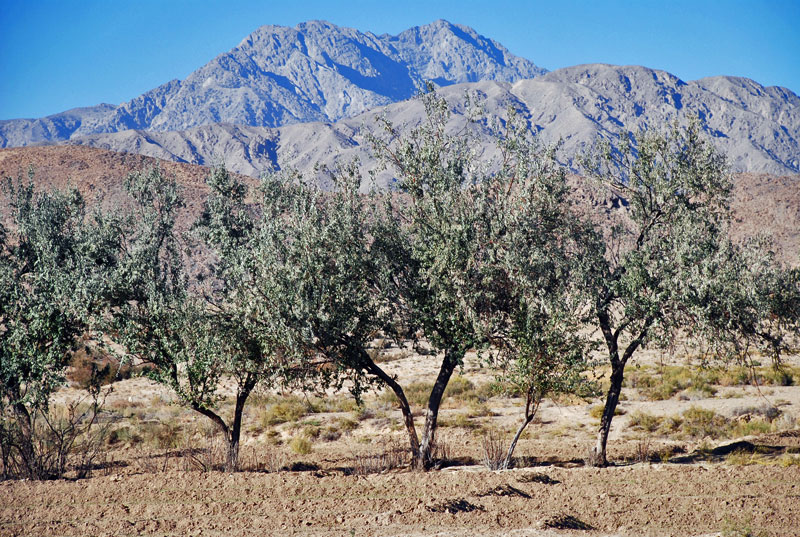
Located in western Pakistan, Koh-i-Chiltan is a peak of great importance to the locals, nestled inside the enormous Sulaiman mountain range. By translation, this Baloch phrase means “Mount Chiltan.” It refers to the top of a rugged and steep mountain range called Chiltan or Chehel-Tan, which means “Forty Bodies” in the Baloch language.
Even though Lwarrh Saar, at 3,194 metres (10,479 feet), is the highest peak in the Chiltan range, Koh-i-Chiltan is still the third-highest peak in the Quetta district and the fifth-highest mountain in all of Balochistan. Following Zarghoon Ghar and Koh-i-Takatu. The juniper trees that line the upper reaches of Koh-i-Chiltan give this harsh terrain a hint of resiliency and vitality.
Exploring Tourism Opportunities
Adventurers and lovers of the natural world will find a wealth of adventures at Hazarganji Chiltan National Park, tucked away in the untamed splendour of the Sulaiman Mountains in Balochistan. A fascinating getaway from the everyday awaits the exploration of this animal and diversified environment paradise.
A Paradise for Hikers and Trekkers
There are many hiking paths in Hazarganji Chiltan National Park maintained to varying degrees of difficulty. Adventurers can set out on strenuous hikes, climbing the untamed mountains and taking in the breath-blowing sweeping vistas. For those who prefer a slower pace, there are beautiful routes that wind through valleys and forests, providing chances to experience the peace and quiet of nature.
Camping Under the Stars

Hazarganji Chiltan National Park has designated camping spots where tourists can experience the wonder of stargazing under a blanket of a million glittering stars. Camping offers a singular chance to fully immerse oneself in the environment and experience the park’s nocturnal inhabitants, all while being surrounded by the natural soundtrack of the park.
Exploring Cultural Delights
The park offers visitors a chance to experience the rich cultural heritage of the Balochistan region. Visiting the nearby villages allows tourists to gain insight into their cultures and way of life, and they might even witness displays of traditional crafts. Savouring some unique regional cuisines could improve the cross-cultural experience even more.
FAQs
Here are the FAQs
What can I see in Hazarganji Chiltan National Park?
This park is a haven for wildlife enthusiasts! You can spot endangered species like the Chiltan Ibex and Sulaiman Markhor alongside other mammals, birds, and reptiles. Hikers can explore designated trails offering stunning mountain vistas, while campers can spend the night under a blanket of stars.
What activities can I do in the park?
Wildlife viewing through guided tours is a popular activity. Hiking and trekking cater to various experience levels, and designated camping areas allow visitors to experience the park’s nighttime wonders. Culturally curious visitors can explore nearby villages to learn about local traditions and cuisine.
How do I get to Hazarganji Chiltan National Park?
The park is located in the Mastung District of Balochistan Province. The nearest city, Quetta, is about 20 kilometres away. Depending on your travel style, you can reach Quetta by plane or bus and then hire a car or taxi to reach the park entrance.
Where can I stay during my visit?
Accommodation options within the park itself might be limited. Consider planning and booking a stay in nearby towns like Quetta or Khuzdar. Camping facilities are available within the park for those seeking a more immersive experience.
What are some things to keep in mind before visiting?
Due to the park’s remote location, ensure you have proper supplies and adhere to safety guidelines. Research weather conditions and pack accordingly. Responsible tourism is vital, so respect the park’s environment and wildlife.
For more information, visit Graana.com.
